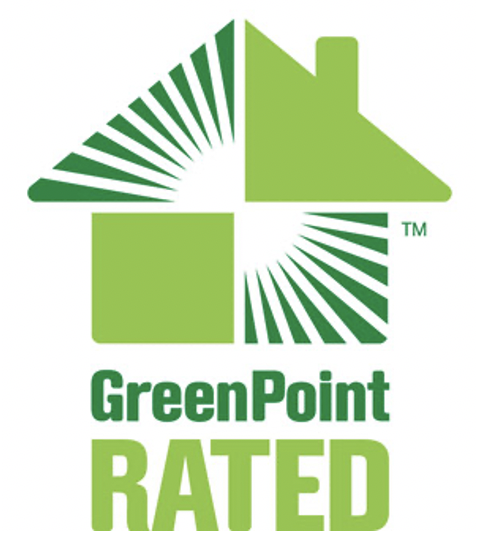In Balance Green Consulting is delighted to be partnering with 3C-REN’s Guest Speaker program to deliver green building education for students in high school, community college and centers for employment training (CETs) throughout the tri-county region. In the past year, we’ve been able to present in over 40 classrooms, with a focus on two core “101”- level green building lessons.
The first, Green Building 101, introduces typical materials in construction, their sources, and relative impacts on the environment and carbon emissions. We explore solutions through efficient resource use and implementation of green building design strategies such as daylighting, natural ventilation and passive solar.
Our Green Careers 101 helps students survey the broad range of jobs related to the construction industry, including a range of trades, planning, inspections, and maintenance. Students are encouraged to think about the skills needed for different career paths and work environments that appeal to them.
Building on these successes, we look forward to offering three new presentations in 2024.
· Introduction to Zero Net Carbon Design for community colleges
· All-Electric HVAC and DHW for CTEs
· Hands-on Green Building for high schools
If you’d like to have our speakers at your school, contact us!










